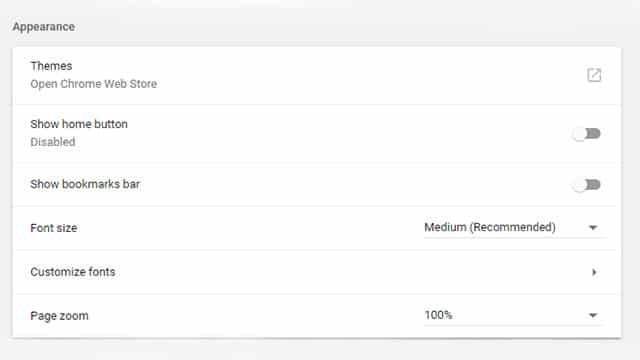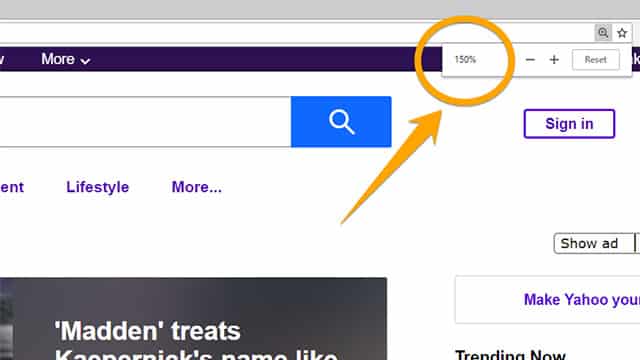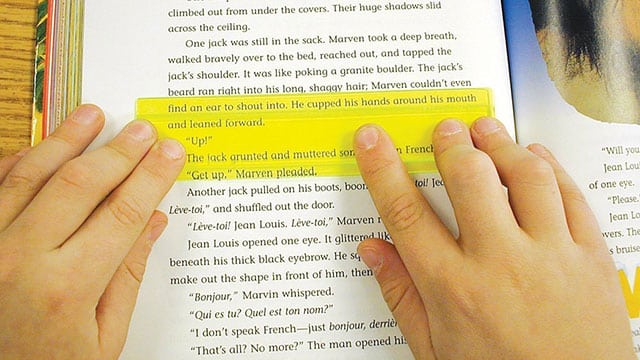There’s this old adage that goes something like “we all experience pain, but only some of us suffer from it.”
The idea is that we all go through hardships, or have to deal with difficult conditions like nystagmus. But there are choices we can make, things we can do to handle things better.
Below we’ve listed several ways that may ease your nystagmus.
Tip #1: Adjust the brightness, color, and character size when using a computer to optimize viewing.

The average American spends 128 minutes staring into a computer screen each day, and another 90 minutes on their phone screen.
That’s almost 4 hours a day!
No matter what browser you’re using there’s options for font type and size.
Here’s what it looks like in Google Chrome.

In the upper right hand corner of Chrome you’ll see 3 vertical ellipsis, click there and go to Settings > (Scroll Down to) Appearances.
Another trick is to hold CTRL + Scroll In/Out and this will zoom in and out on the page. See the screenshot below.

Tip #2: Use additional lighting, like a reading lamp, to assist vision.
Most people have a lamp on their nightstand for reading, which is great. But with smartphones becoming the number one thing people are reading before bed, the lamps are being used less and less.
The light from your phone with in a dark room is not enough. Still make sure you turn that lamp on.
Tip #3: Encourage children to use their null point and look at objects up close.
Tip #4: Wear tinted glasses indoors and out to reduce glare, as needed.
In most cases just common sunglasses will work. Although if you’re going to be indoors you may want to consider a yellow or orange lens as they tend to do better in low light situations.
If you’re going to be looking at a computer screen a lot, you may consider talking to your optometrist about Crizal anti-glare lenses by Essilor. You can read more about them here.
Tip #5: Develop a comfortable explanation for family and friends to help them understand the basics of nystagmus.
If you’re not good with confrontation, or just feel like you can’t explain your condition well enough, you can always just send them to our page on nystagmus, which includes videos and pictures to explain the condition.
Tip #6: Make sure your glasses or contacts are always up to date to improve vision as much as possible.
I actually just got my annual eye exam this week and asked the optometrist how often I need to be checking in. She told me every 1-2 years up to age 40 and then annually after that.
Tip #7: Talk to your child’s teacher about providing individual books and worksheets. Sharing is very difficult.
This is the perfect thing to bring up on back to school night (if your school has one). If not, I’d recommend stopping in after school during the first week.
You may also want to mention it to the teacher aid if there is one.
Tip #8: Give your eyes frequent breaks when reading for long periods of time.
This goes for reading a physical book or eBook.
Tip #9: Use a line marker when reading to keep your place.

Simply turning your bookmark horizontal will work. It’s got the added benefit of helping you read faster as well.
If you need something more than a book marker, try a guided reading strip, like these. Or even a guided eyelighter like these.

Leave a Reply